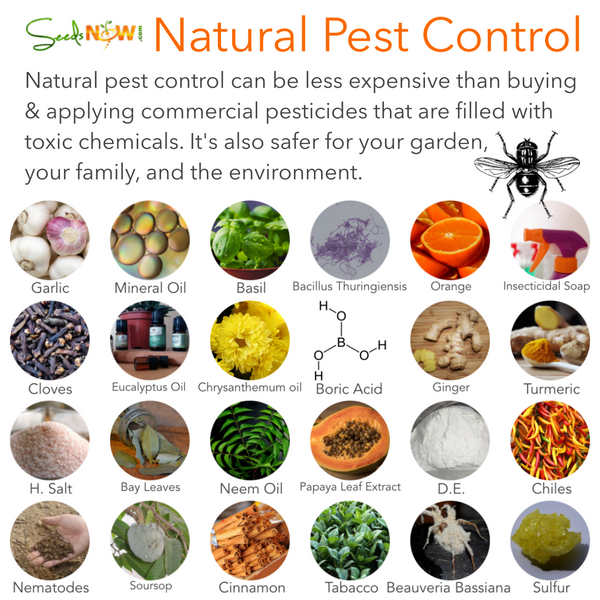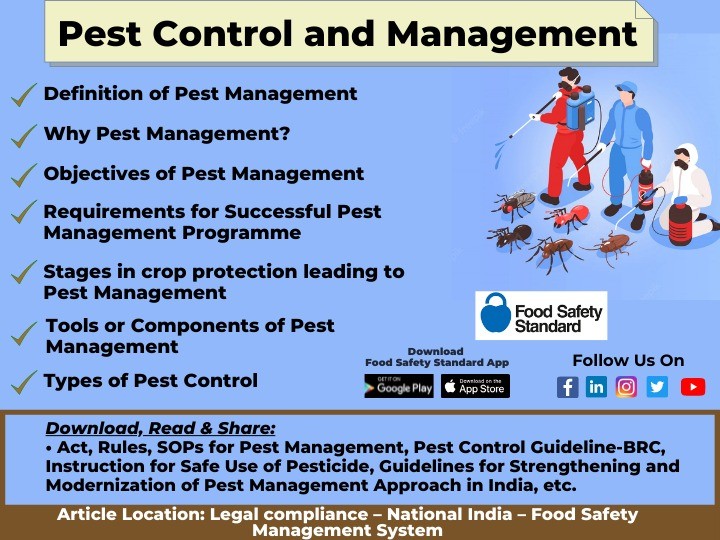The Basic Principles Of Pestwise
The Basic Principles Of Pestwise
Blog Article
The Pestwise Diaries
Table of ContentsThe Greatest Guide To PestwiseWhat Does Pestwise Do?Getting The Pestwise To WorkThe 7-Second Trick For PestwiseThe Greatest Guide To PestwisePestwise Fundamentals ExplainedPestwise Things To Know Before You Buy

Q. Specify "integrated insect management" (IPM) and checklist numerous feasible control tactics that might be utilized in an IPM approach. A. Integrated insect monitoring is the integrating of suitable parasite control techniques into a solitary plan to minimize pests and their damages to an acceptable degree. Pest control techniques might consist of: host resistance, organic control, cultural control, mechanical control, sanitation, and chemical (chemical) control.
Pestwise Things To Know Before You Get This
What can you do to keep the insects you are attempting to control from ending up being immune to the chemicals you use? A. Insect resistance can be minimized by using integrated insect monitoring and revolving the kinds of chemicals made use of.
Pests are a critical risk to the farming service, and incorporated bug monitoring assists farmers address and reduce these dangers. Integrated insect administration uses numerous methods in complex, thus being a more effective remedy to the issue. Commercial Pest Control. Particularly, eliminating aggressive chemical techniques enables minimizing injury to individuals and the setting by utilizing all-natural and safer alternatives rather
Pestwise - Truths
The goal of incorporated parasite management is to decrease this injury and control acceptable infestation degrees as opposed to eliminate all undesired populations. This is why it is necessary to comprehend what measures are justified in each situation and use hostile ones only when other incorporated monitoring strategies do not work. Integrated monitoring minimizes the adverse repercussions of a non-IPM approach, and the major benefits of IPM Conveniences of IPM.
An appropriate understanding of the infestation range figures out if the problem must be addressed. are the following components of an IPM program since it is very important to recognize if the microorganisms make possible threats and choose the integrated administration options or the details pesticide usage. plan to decrease infestations by using various agronomic techniques.
Top Guidelines Of Pestwise
Integrated monitoring choices in an IPM program start with much safer to more hostile ones. The prior incorporated administration aspects aid recognize just how to intend and execute an IPM program step by action: Display your plants regularly.

Amongst others, IPM cultural approaches consist of the following field management methods: dirt treatment; option of suitable plants; plant turning; interplanting or strip cropping; option of growing days; weed control; usage of catch plants. Desirable soil conditions speed up plant development, visit this site and vigorous plants are much more immune to infestations. Healthy plants and seeds determine effective crop advancement, so it is vital to choose pest-free planting material with solid roots.
, which is likewise made use of in the incorporated parasite monitoring system. Conversely, infestations raise when plants of the same plant kind or family members expand with each other.
, as well as tomatoes. Planting catch plants in spots is an additional choice for IPM intercropping. This integrated parasite monitoring technique suggests drawing in pests to specific plants and after that managing them with chemical or mechanical methods.
The Buzz on Pestwise
Barriers are regular examples of physical IPM techniques. Fully grown insects or their eggs and larvae are accumulated by hand and destroyed.

Department of Plant Sciences. This integrated administration approach indicates a common method of damaging pests by predators, parasitoids, microorganisms, and various other organic control representatives (also known as antagonistic microorganisms). The role of biological control in IPM is to.
Some Known Incorrect Statements About Pestwise
With time, their population became a genuine nuisance to farmers along with indigenous kangaroos or dingoes. The cane toad is another case showing integrated biological control failure hereof when it rejected to search the target types and became an insect itself. Parasitoids develop on or within their hosts to eventually eliminate them after maturing.
Report this page